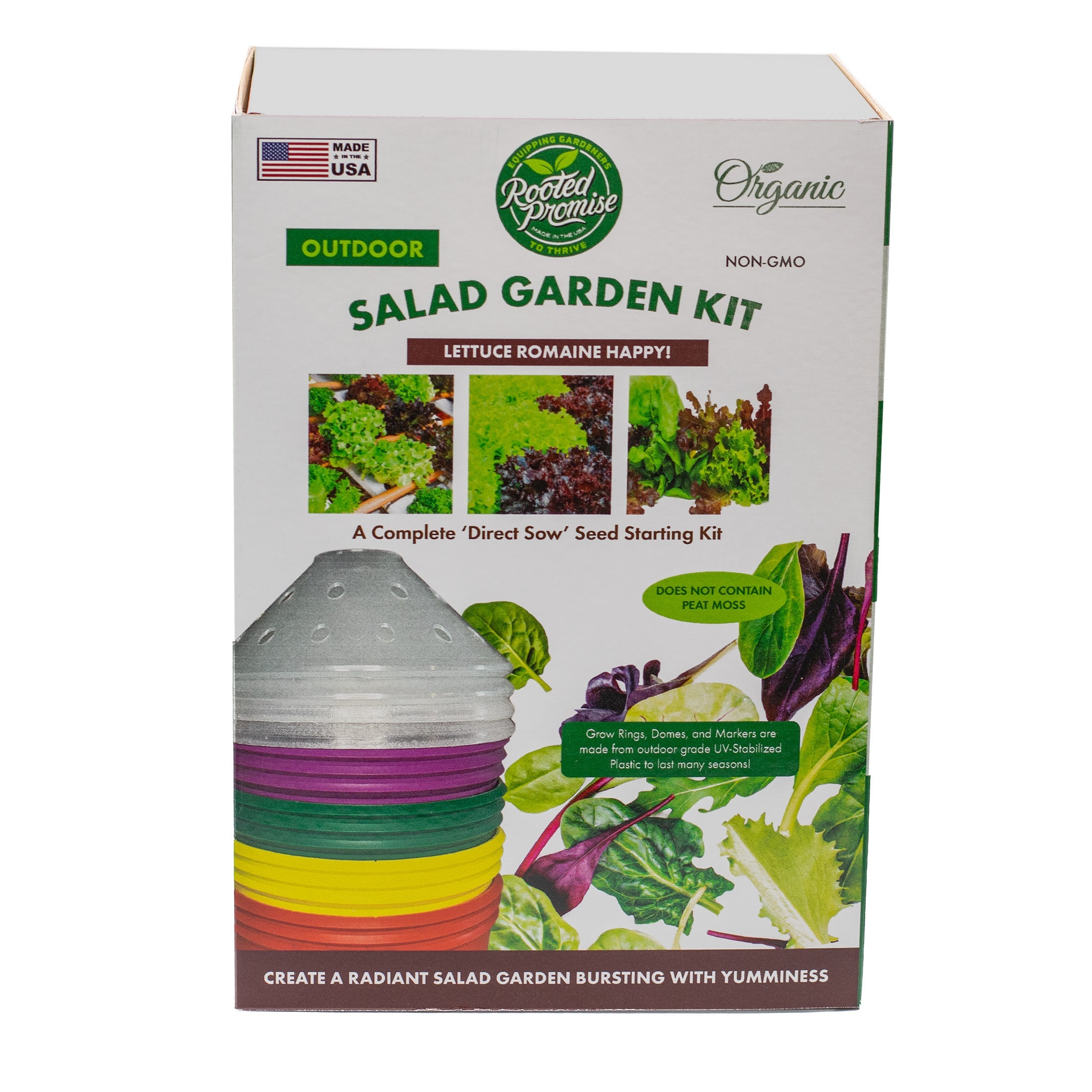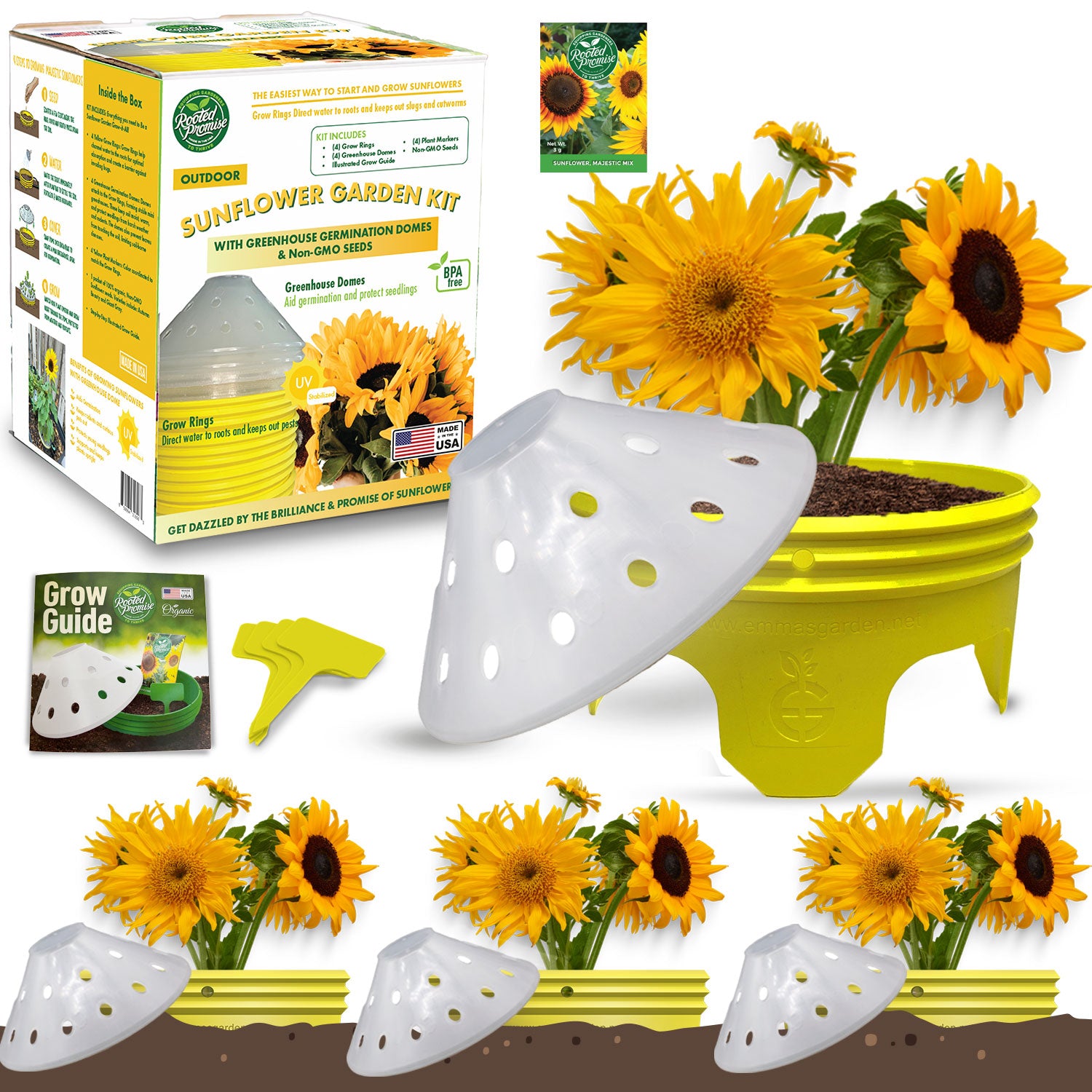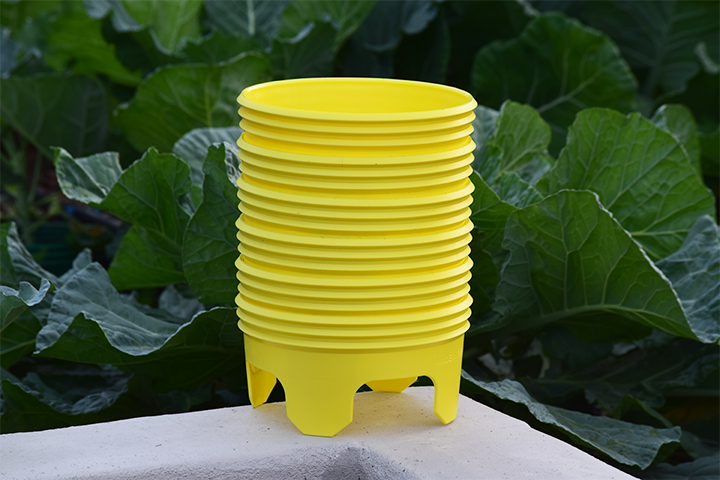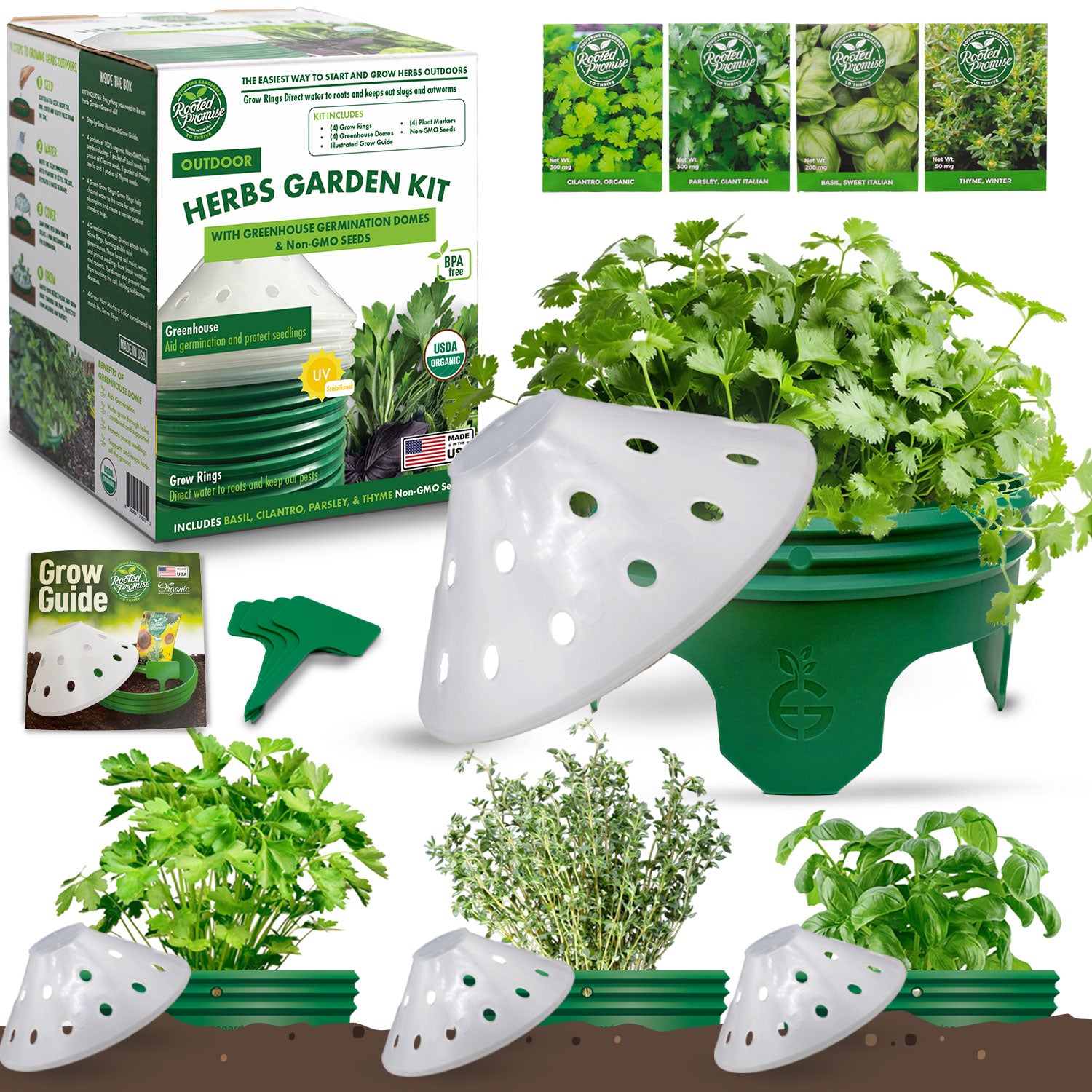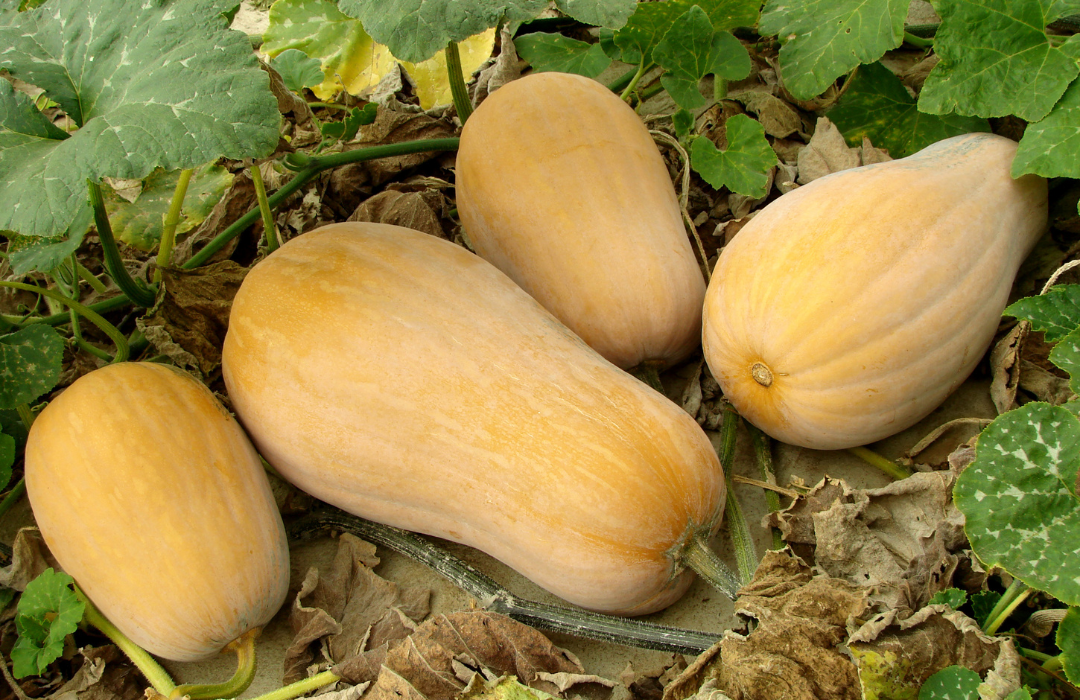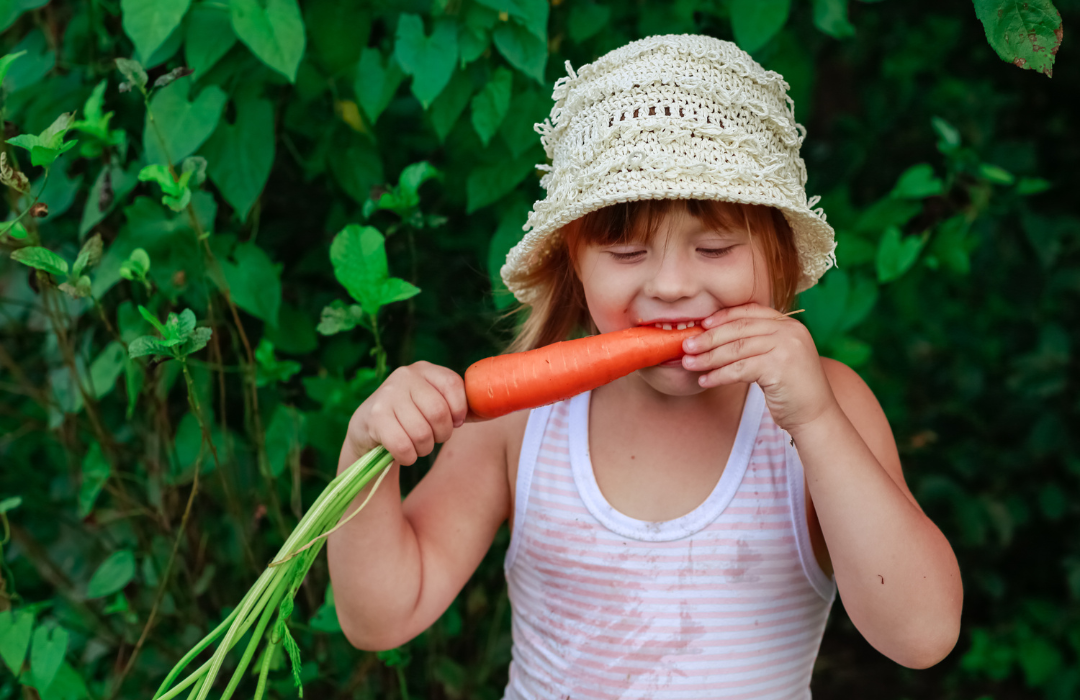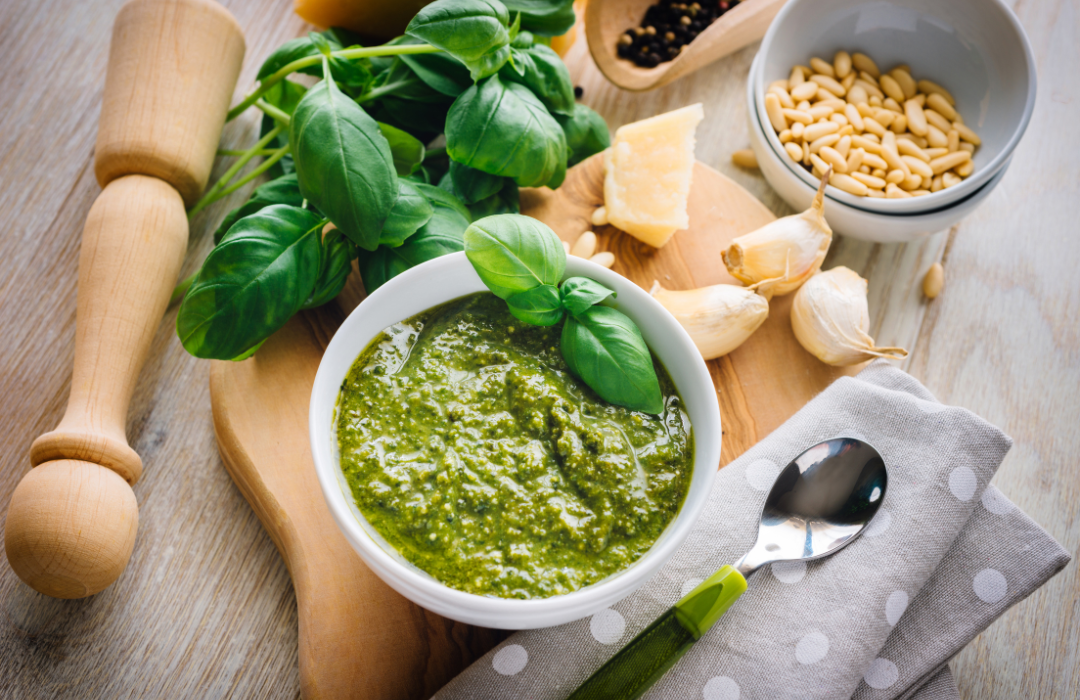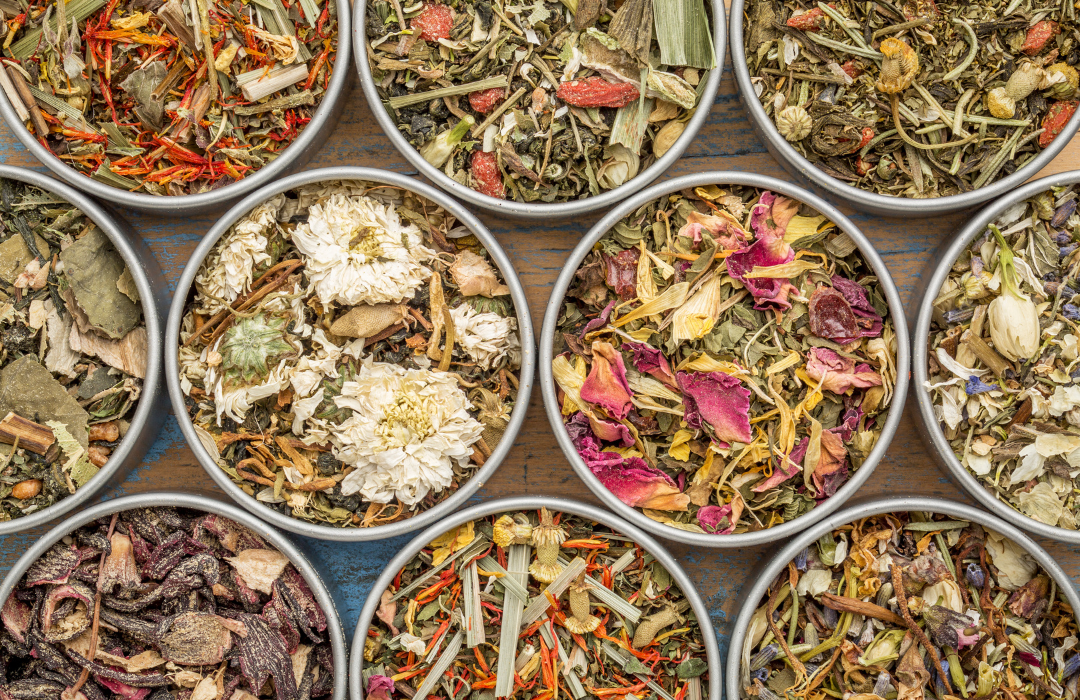Introduction
Have you ever wondered how the humble mustard plant transforms into the tangy condiment we love on our sandwiches and hot dogs? It's a journey that spans centuries, filled with tradition, flavor, and a bit of magic. This article will take you through every step of this fascinating process so that you can make your own mustard at home.
-
The History of Mustard
-
Choosing the Right Mustard Plant
-
Harvesting Mustard Seeds
-
Preparing Mustard Seeds
-
Making Homemade Mustard
-
Flavor Variations and Enhancements
-
Key Takeaways
-
FAQ
-
Conclusion
The History of Mustard
Mustard has a storied past dating back to 3000 BCE in ancient Egypt. It's mentioned in various historical texts, including the Bible and Roman literature. The Romans were particularly fond of mustard and spread its use across Europe. Today, mustard is a common condiment worldwide, cherished for its versatility and bold flavor. To delve deeper into the history of mustard, Wikipedia offers a comprehensive overview.
Choosing the Right Mustard Plant
There are several varieties of mustard plants, but the most commonly used for condiments are white (or yellow), brown, and black mustard. Each type produces seeds with slightly different flavors:
-
White Mustard: Mildest flavor, often used in American yellow mustard.
-
Brown Mustard: Spicier and more pungent, common in European mustards.
-
Black Mustard: Strongest flavor, typically used in Indian cuisine.

Harvesting Mustard Seeds
Harvesting mustard seeds is like gathering tiny pearls of potential. Once the mustard plant blooms and forms pods, it's time to collect these seeds. Here's a simple method:
-
Wait until the pods turn brown and dry.
-
Gently cut the pods off the plant.
-
Place the pods in a bag and allow them to dry further.
-
Shake or crush the pods to release the seeds.
Preparing Mustard Seeds
Preparation is key to unlocking the seeds' potent flavors. You can soak the seeds in water or vinegar to soften them and reduce their bitterness. The soaking liquid also influences the final taste: water yields a milder flavor, while vinegar adds tanginess.
Soaking Instructions:
-
Add 1 cup of mustard seeds to a bowl.
-
Cover with 1 cup of water or vinegar.
-
Let soak for 24-48 hours.
Making Homemade Mustard
Turning soaked seeds into mustard is like an alchemist's transformation. You'll need a few basic ingredients: soaked mustard seeds, vinegar (if not used for soaking), salt, and optional sweeteners or spices.
Basic Mustard Recipe:
-
Ingredients:
-
1 cup soaked mustard seeds
-
1/2 cup vinegar (apple cider or white wine vinegar works well)
-
1 tsp salt
-
Optional: Honey or brown sugar for sweetness, turmeric for color, garlic or herbs for extra flavor.
-
-
Instructions:
-
Combine all ingredients in a blender or food processor.
-
Blend until smooth or your desired consistency.
-
If too thick, add more vinegar or water.
-
Taste and adjust seasoning as needed.
-
Store in an airtight container in the refrigerator for up to one month.
-
Flavor Variations and Enhancements
The beauty of homemade mustard lies in its flexibility. You can create endless variations by tweaking ingredients:
-
Spicy Mustard: Add horseradish or chili flakes.
-
Sweet Mustard: Mix in honey or maple syrup.
-
Dijon Mustard: Use white wine instead of vinegar.
Key Takeaways
-
The journey from mustard plant to condiment is rooted in history and tradition.
-
Selecting the right type of mustard plant influences the flavor profile.
-
Harvesting and preparing seeds correctly is crucial for optimal taste.
-
Homemade mustard allows for creative flavor variations.
FAQ
Can I use any type of mustard seeds?
Yes, you can use white, brown, or black mustard seeds depending on your flavor preference. Each type offers a unique taste profile.
How long does homemade mustard last?
When stored in an airtight container in the refrigerator, homemade mustard can last up to one month.
Can I customize my homemade mustard?
Absolutely! Experiment with different liquids, sweeteners, and spices to create your perfect mustard blend.
Conclusion
The process of turning a mustard plant into mustard is a beautiful blend of nature's bounty and human creativity. By understanding each step—from selecting the right plant to adding your personal touch—you can create a condiment that's not only flavorful but also deeply satisfying. So next time you spread some mustard on your sandwich, remember the journey it took from seed to jar. Happy mustard-making!
For more information on homemade condiments and recipes, visit [TheKitchn](https://www.thekitchn.com/how-to-make-homemade-mustard-132506) and [Serious Eats](https://www.seriouseats.com/recipes/2011/08/homemade-whole-grain-dijon-mustard.html).

